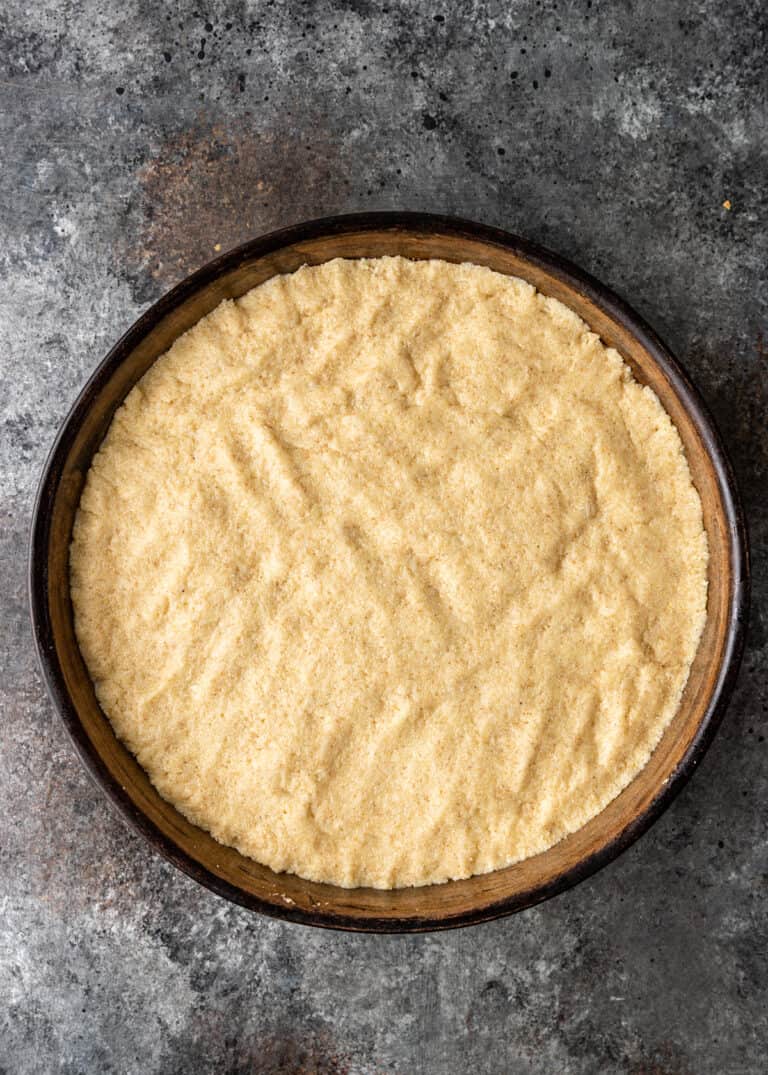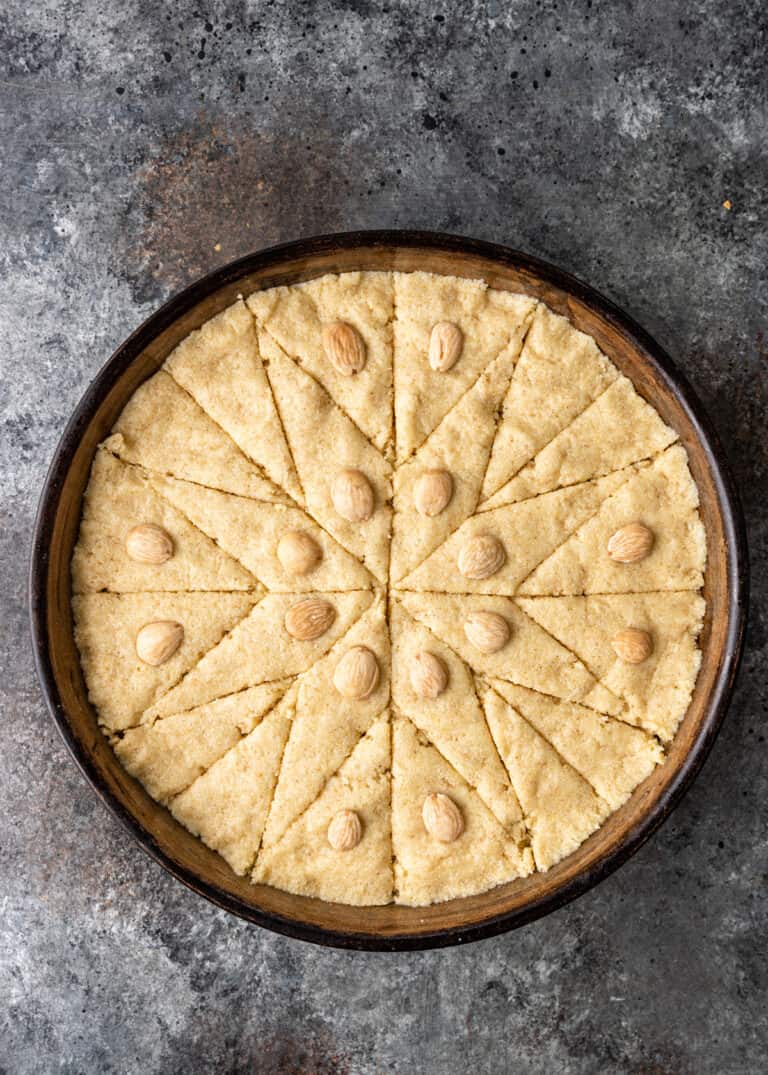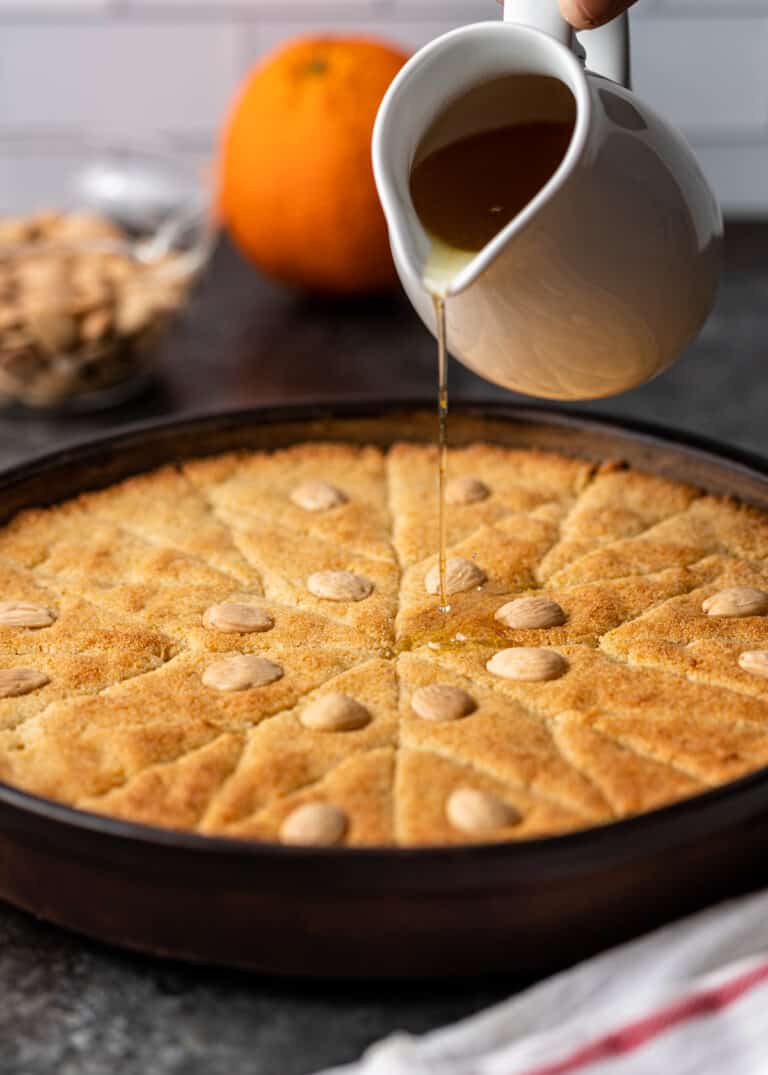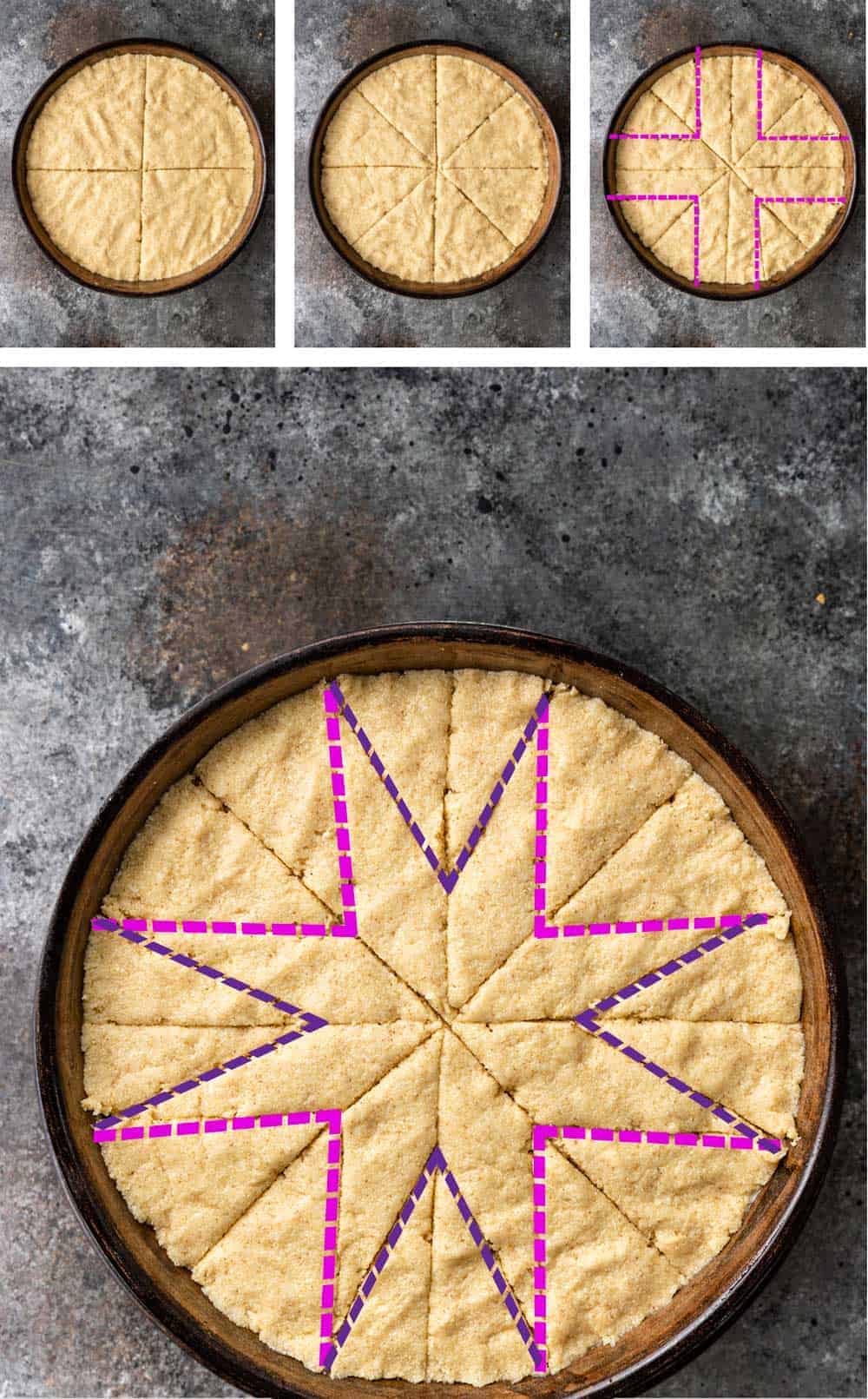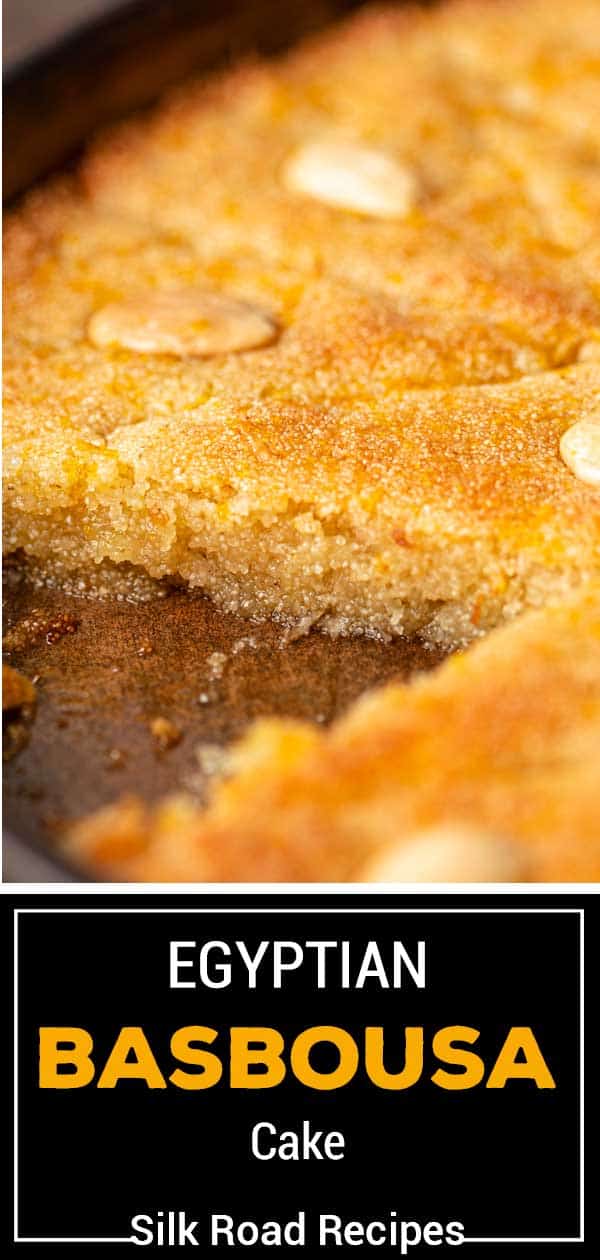published Feb 11, 2022, updated Jul 30, 2022 I love Middle Eastern desserts as they tend to be a lot less sweet than their American counterparts. That’s not to say that these desserts won’t satisfy a sweet tooth! It’s just a different type of sweetness. That’s most likely because most Middle Eastern desserts get their sweetness from things like honey and homemade syrups. Some of my other favorites include these orange sesame snaps and these date-filled semolina cookies. Enter: this basbousa cake! Otherwise known as semolina cake, although this recipe combines farina, coconut, honey, citrus, and almonds to create a fragrant, moist, and simply delicious result. The farina flour in particular lends a velvety smooth texture to my basbousa recipe. Farina is a type of cereal grain (found in cereals like Cream of Wheat) that is often used in Middle Eastern recipes. What’s the difference between semolina and farina?Semolina and farina are both made of hard wheat. Semolina is made specifically from durum wheat, which lends it a coarser grain as well as more gluten than farina. You probably recognize the name semolina as it is often used in pasta!Although this dessert is often called semolina cake, my recipe calls for farina flour instead. I find that semolina creates a much coarser result, while farina creates a smooth and velvety texture that I can’t get enough of! I realize this is a traditional Ottoman sweet cake that most probably originated in Turkey and is made throughout the Middle East. This version is Egyptian. I received this recipe from a friend (a vendor’s mom from the Khan el-Khalili). The Khan el-Khalili is a famous bazaar and souq in Cairo and she used farina. If you want to recreate this semolina cake (or use farina) at home, read on!
INGREDIENT NOTES AND SUBSTITUTIONS
Semolina or Farina flour – Semolina is typically used as the base of this basbousa cake. Many other Middle Eastern dessert recipes may call for semolina flour – but if you want a smoother textured cake, you’ll want to use farina in yours. Although this dessert is often called semolina cake, I find that semolina creates a much coarser result, while farina creates a smooth and velvety texture. Feel free to use either!Coconut – Opt for unsweetened shredded coconut. It lends a nice texture and flavor to your dessert. I personally love the added touch of coconut, but it is optional in this recipe. Orange – While my basbousa cake calls for orange zest as well as orange water, you can also use rose water, vanilla, almond extract, or even orange blossom water instead.Ghee – Ghee is similar to clarified butter and lends a rich and nutty flavor that can’t be beat. You can use regular butter if you don’t have any on hand.Plain Yogurt – You’ll use yogurt instead of eggs in this recipe. Don’t be tempted to use Greek yogurt here, as it is too thick for this recipe. Tahini – Nutty enough to add another layer of flavor to your dish without overpowering the dessert – like peanut butter might. It’s also filled with antioxidants and healthy fats.Honey – You’ll use honey for the base of this treat, as well as in the syrup, for a touch of added, natural sweetness. Sugar, Baking Powder, & Lemon Juice – You’ll need the sugar and baking powder for the cake, and additional sugar, water, and lemon juice for the syrup.Garnish – I prefer using blanched almonds, but any nut would work. Traditional recipes often use pistachios!
HOW TO MAKE BASBOUSA
Cutting a Star Pattern Into the Cake
If the thought of cutting the star design into the cake makes you nervous, you can slice it any way you’d like. Creating the design isn’t difficult though. Use the images below as a guide.
Basbousa Recipe Video
For step by step instructions, be sure to watch the video located in the recipe card at the bottom of this post.
What Does Basbousa Taste Like?
Basbousa has a notable buttery and nutty flavor, thanks to the ghee, tahini, and almonds! My recipe also has a velvety smooth texture due to the farina flour. It’s sweet without being overpowering, and it doesn’t call for any eggs. I like using orange flavors, but some recipes feature rose water or almond extract instead. Whatever flavor profile you choose, the syrup makes this dessert moist enough to practically melt in your mouth!
Is Revani The Same As Basbousa?
Revani is the Persian word for basbousa, which is Arabic. In fact, there are different versions of the dessert throughout the Middle East and the Mediterranean! In Greece, they call it revani. In Armenia, this recipe is called shamali.




